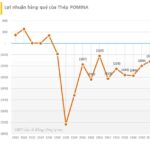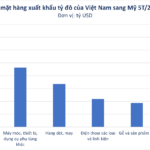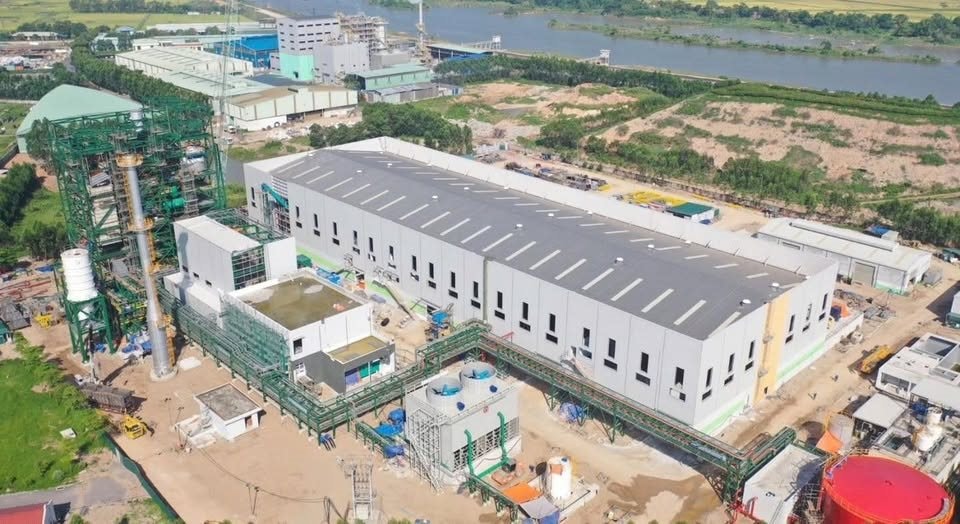
The Thang Long – Bac Ninh waste-to-energy power plant project is invested by Thang Long Environment and Energy Joint Stock Company.
The project has a total investment of approximately VND 1,400 billion (equivalent to USD 58.3 million) and is built on an area of about 5ha in Dong Sai village, Phu Lang commune, Que Vo town, Bac Ninh province.
The plant has a capacity to treat 500 tons of garbage per day, with an electricity generation capacity of 11 MW, using advanced equipment and technology imported directly from Finland.
This is the first plant in Vietnam to apply a pre-treatment waste line combined with a bubbling fluidized bed incinerator and a Siemens steam turbine, optimizing operating efficiency and ensuring stability, safety, and effectiveness in power generation.
Officially put into operation since May 5, 2025, the Thang Long – Bac Ninh waste-to-energy power plant is currently receiving and treating about 350 tons of municipal solid waste every day for Bac Ninh city and Que Vo town.
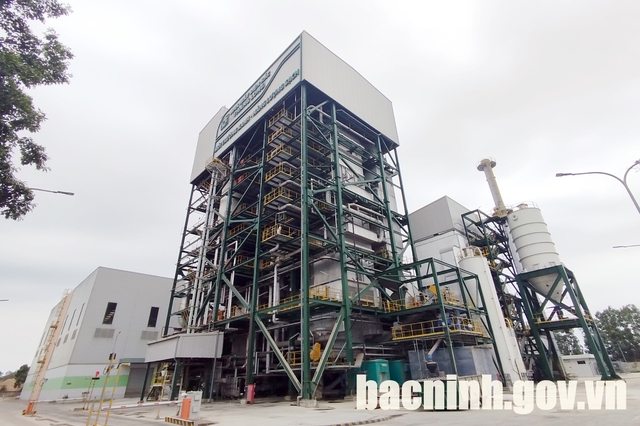
Bac Ninh province currently has 16 industrial parks, of which 12 are in operation, attracting nearly 2,000 enterprises and creating jobs for about 300,000 laborers.
Along with the rapid industrialization and urbanization, Bac Ninh generates about 1,100 tons of municipal solid waste per day, not to mention hundreds of tons of industrial waste. The amount of waste increases by an average of 7-10% every year, posing a great challenge in garbage collection, treatment, and environmental protection.
Currently, Bac Ninh has four waste-to-energy plants with a total treatment capacity of about 1,500 tons/day. One of the plants has officially come into operation, and two are in the pilot operation phase.
The stable operation of the Thang Long – Bac Ninh waste-to-energy power plant not only helps reduce local waste treatment pressure but also gradually realizes the goal of sustainable development of energy from solid waste.
Bac Ninh is also the first and only province in the country to collect and treat all municipal solid waste using advanced waste-to-energy technology from around the world.
During the inspection of the plant’s operation, Mr. Vuong Quoc Tuan, Chairman of the Provincial People’s Committee, requested that the Thang Long Environment and Energy Joint Stock Company urgently research and perfect a solution to thoroughly treat the odor generated from the waste reception stage to the entire treatment process. At the same time, connect and transmit full data on indicators of wastewater, gas, sludge, and ash treatment to the Environmental Monitoring Center under the Department of Agriculture and Rural Development – Environment to ensure transparent, continuous, and regulated monitoring.
Regarding the company’s proposal to adjust the capacity, the Chairman agreed that when the plant meets the condition of treating enough capacity of 500 tons/day, it will adjust the waste treatment capacity to 600 tons/day. The Department of Construction will review the overall planning of the Phu Lang area and report to the Provincial People’s Committee on June 17 to consider and arrange an area for the construction of a landfill and ash treatment of the plant.
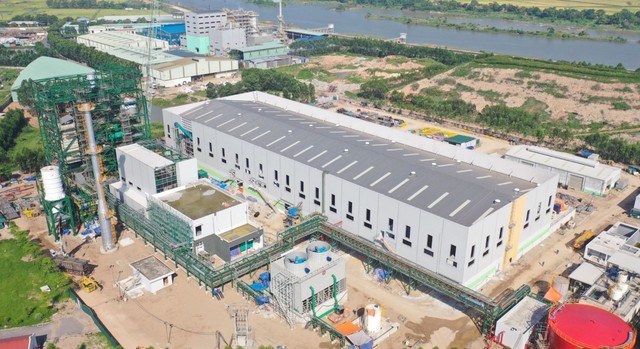
Bac Ninh is home to many industrial parks and is also the center of small and medium industries and handicrafts. Therefore, environmental issues in the province are of particular concern.
According to the Comprehensive Environmental Protection Scheme for the period of 2019 – 2025, the province will comprehensively and thoroughly handle environmental issues. Regarding waste treatment, the province identifies the most fundamental and methodical solution as investing in high-tech waste-to-energy plants in the province using socialized capital.
The province aims to improve energy efficiency and effectiveness, reduce energy consumption in production, transportation, trade, and services; exploit and use energy-saving in industrial parks, clusters, urban areas, residential areas, schools, and offices, etc.
The Trade Deficit With Vietnam: An Inevitable Economic Outcome?
The current trade deficit is a natural outcome of the relationship between a developed economy like the United States and a developing one like Vietnam, according to the Chairman of the US-ASEAN Business Council. This deficit is not a cause for concern but rather a reflection of the two countries’ different economic stages.
“Science and Technology Empower Thanh Hoa’s Businesses to Soar in the Competitive Market”
“The marriage of technology and innovation is proving to be a significant driving force for businesses in Thanh Hoa province. By embracing this union, enterprises are witnessing enhanced productivity, streamlined production processes, and the development of high-quality products that are gradually conquering both domestic and international markets.”


